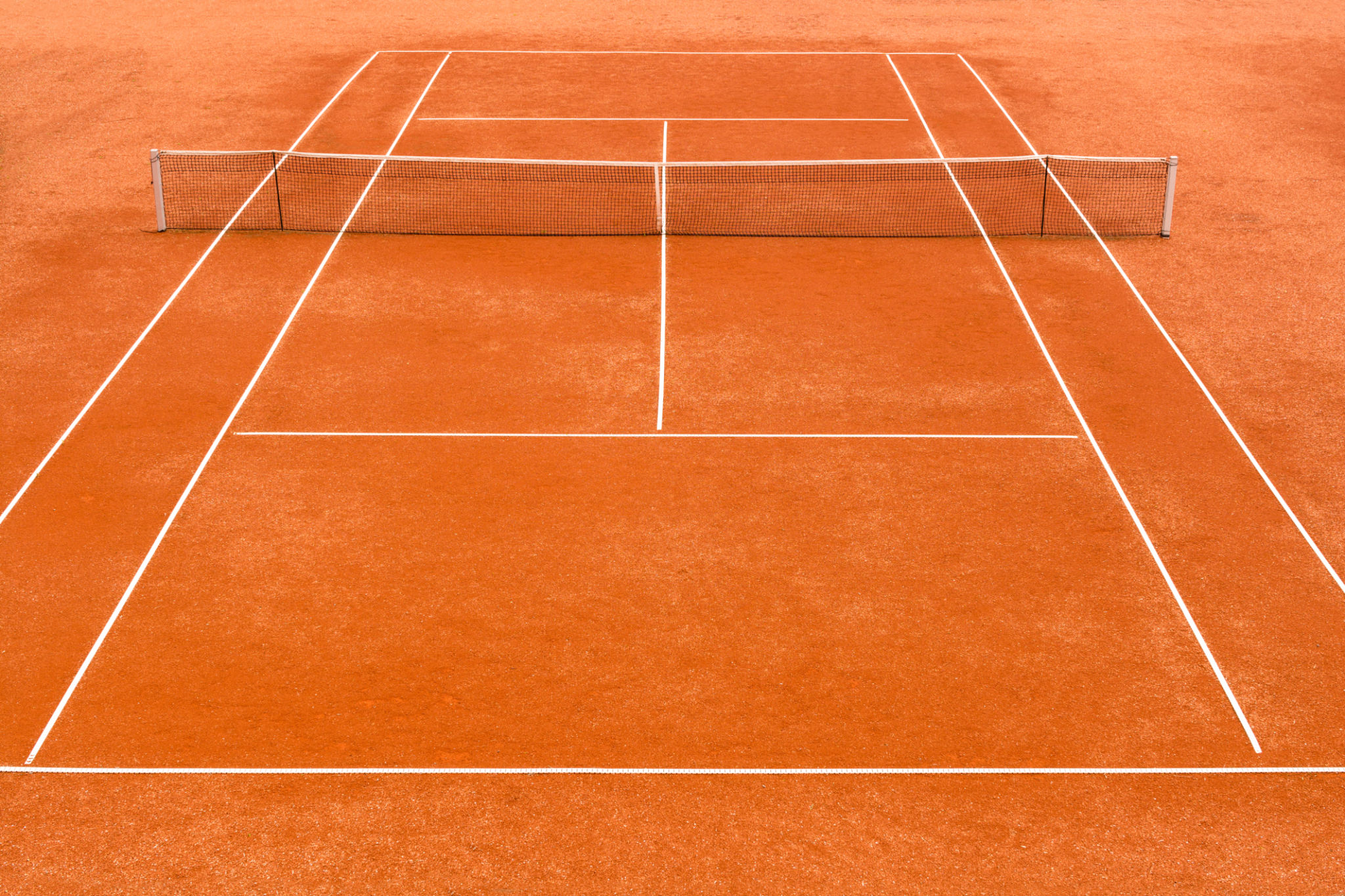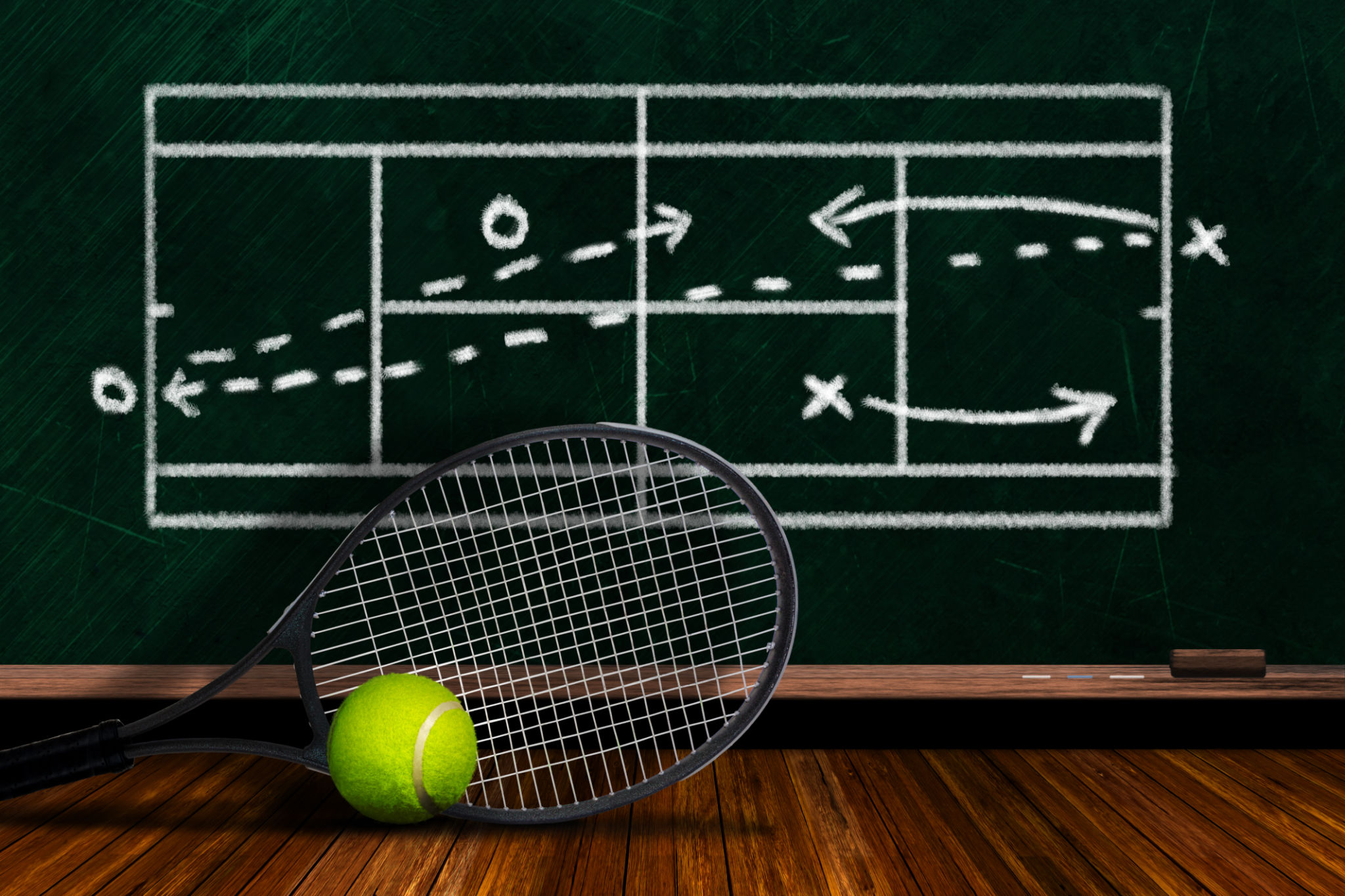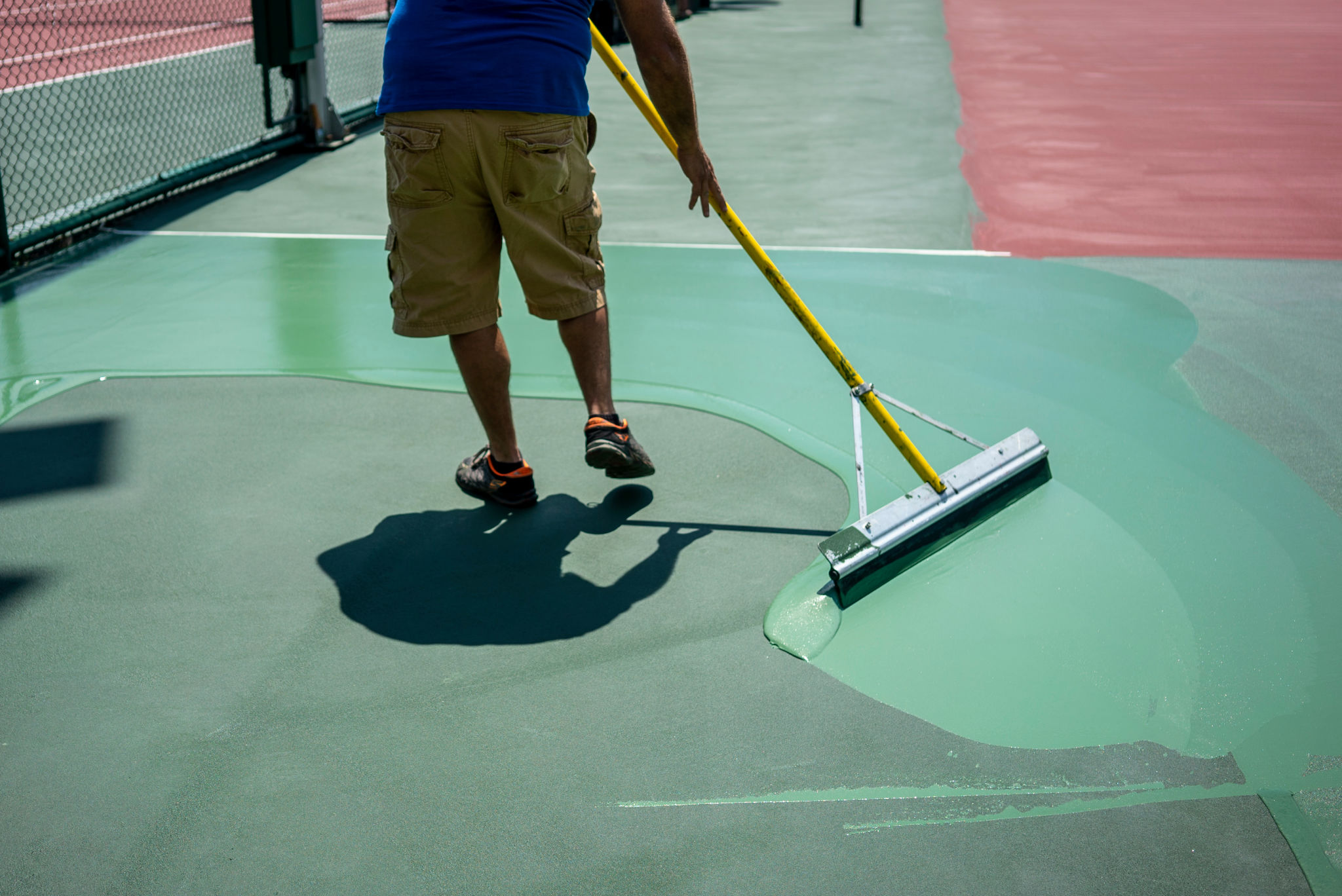Exploring the Benefits of Clay Tennis Courts in Texas' Unique Climate
Understanding Clay Tennis Courts
Clay tennis courts have long been a favorite among tennis enthusiasts, providing a unique playing experience that differs significantly from grass or hard courts. In Texas, where the climate can vary from hot and arid to humid and rainy, clay courts offer several advantages that make them an attractive option for both recreational and professional players.

The Advantages of Clay Courts
One of the primary benefits of clay courts is their ability to reduce the impact on players' joints. The softer surface provides more cushioning, which can be particularly beneficial for players who spend several hours on the court. This feature reduces the risk of injuries and can be a major draw for older players or those recovering from previous injuries.
Clay courts also encourage a different style of play. The surface slows down the ball and produces a higher bounce compared to other court types, promoting longer rallies. This allows players to develop endurance and strategic thinking, as they need to plan their shots more carefully and engage in more tactical play.

Maintenance and Durability
While clay courts require regular maintenance to keep them in optimal condition, many tennis facilities in Texas find the investment worthwhile due to the court's durability. Clay surfaces can withstand harsh weather conditions, which is essential in a state known for its extreme temperatures and occasional storms. Regular watering and rolling are necessary to maintain the surface, but these tasks are manageable with the right equipment and know-how.
Additionally, clay courts can last many years when properly cared for, making them a cost-effective option in the long run. The surface can be easily renewed by adding fresh clay periodically, ensuring that players have access to high-quality playing conditions year-round.

Environmental Considerations
From an environmental perspective, clay courts offer several advantages. They are made from natural materials, making them a more sustainable choice compared to synthetic surfaces. This aligns well with growing eco-consciousness and efforts to reduce carbon footprints in sports facilities across Texas.
Moreover, because clay courts require water to maintain their surface, they contribute positively by encouraging water recycling systems in facilities. This aspect can be particularly important in Texas, where water conservation is a priority in many communities.
Conclusion
In summary, clay tennis courts provide a range of benefits that make them well-suited to Texas' unique climate. Their player-friendly surface, strategic play style, durability, and environmental benefits are just a few reasons why they remain a popular choice. Whether you're an amateur player looking to improve your game or a seasoned professional seeking a reliable playing surface, clay courts offer advantages that cater to a wide spectrum of needs.